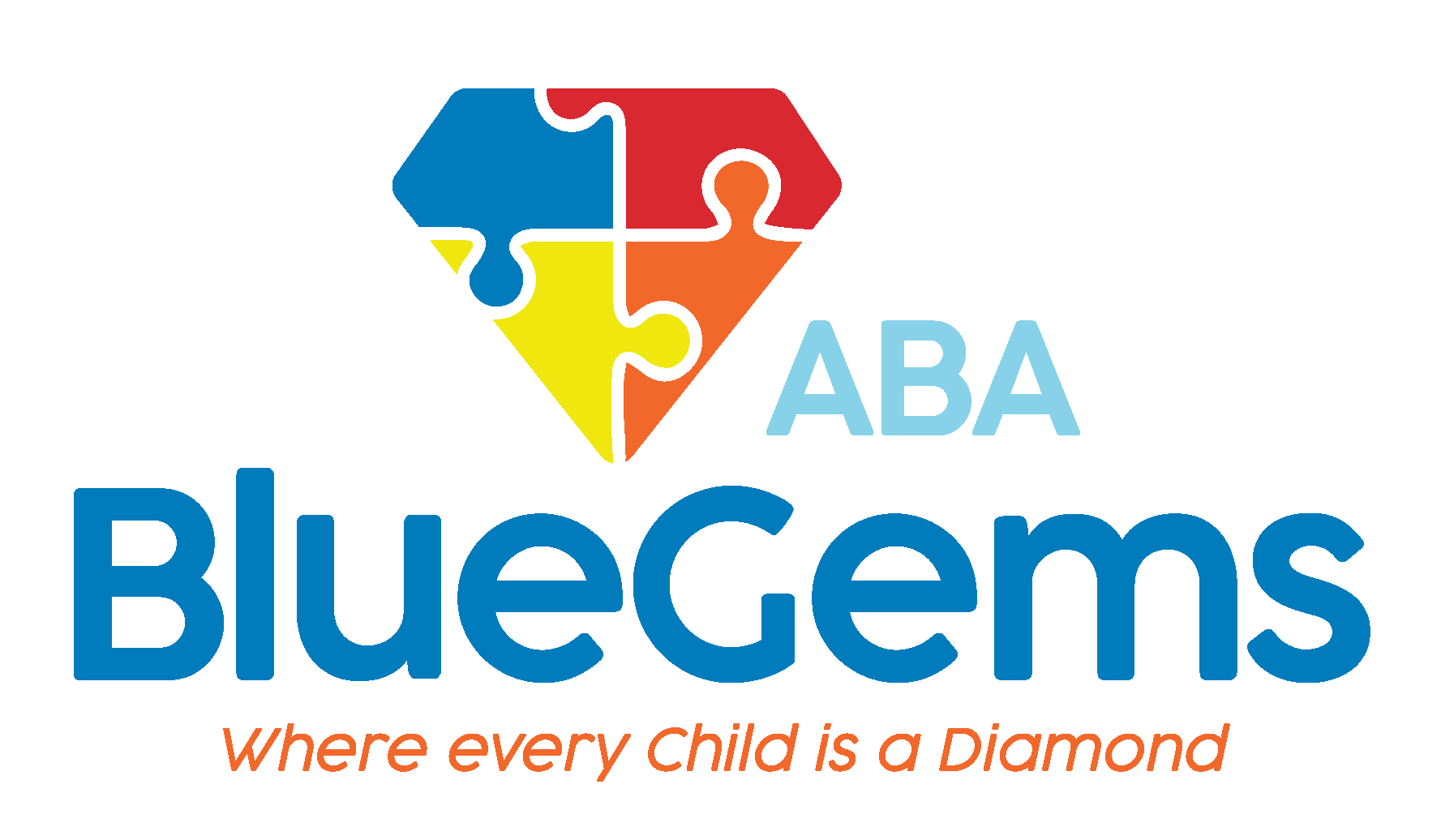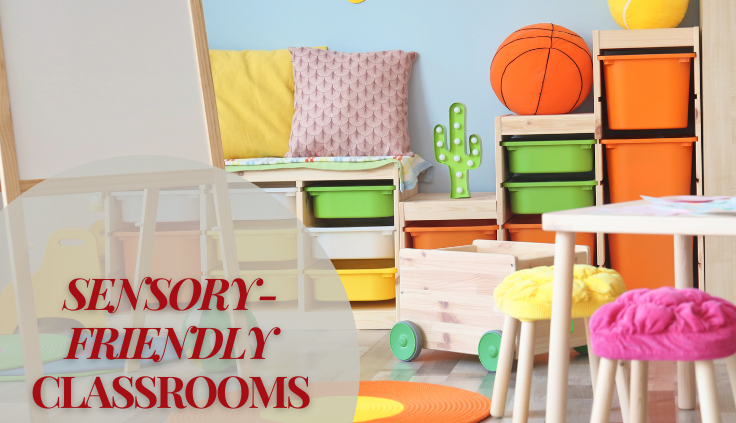Creating Sensory-Friendly Classrooms for Children with Autism: ABA Approaches
Applied behavior analysis (ABA therapy) takes a very hands-on and individualized approach to helping support children with autism spectrum disorder (ASD). Therapists craft treatment plans that specifically target each individual patient’s unique strengths and challenges, which helps to make the results of the treatment more effective.
ABA therapy can help children with autism overcome all sorts of common challenges they face — whether it be difficulties with communication or social interactions, reducing negative and/or harmful behaviors, or hypersensitivity and hyposensitivity to certain stimuli.
One of the major goals of ABA therapy is to help children with ASD live as independently as possible. Transitioning to a traditional formal education classroom is a big milestone for many of these children.
Children with autism who are able to attend school may still need extra support and attention, even if they begin to phase out of intensive ABA therapy. A big challenge they may face is all the different sensory stimuli that are present in a traditional classroom.
Here are some ways to create sensory-friendly classrooms for children with autism.
Table Of Contents
Create Different Spaces
A traditional classroom is often full of sensory stimuli. There are loud noises from children running around and playing; new smells such as chalk and food; bright lights overhead and coming through windows; and much more.
It can be so much at times that even neurotypical children struggle with sensory overload. Children with autism can easily get overwhelmed in such a situation, especially when they’re new to the environment.
Separating a classroom into multiple different spaces can help to be inclusive for all children. Some spaces can be designated quiet spaces for reading or playing with toys, while other spaces are dedicated to noisier activities.
It’s also a good idea to provide multiple seating options for children. They can vary in height, such as stools, chairs and places to sit on the floor. They also should have different textures and softness to them.
Providing different options for this kind of stuff can help children with autism not become overwhelmed — or help them manage their emotions if they do become overwhelmed.
Consider Lighting Options
As mentioned before, lighting in a classroom can be challenging for some children on the autism spectrum. To create a sensory-friendly classroom, natural light is the best option.
That’s not always possible or sufficient, though. Some artificial light will obviously be needed for classrooms at some point during the day.
In these cases, it’s always best to use lighting that is soft and that can be adjusted. Dimmers are great to have for inclusive classrooms, as they allow teachers and support staff to turn down the intensity of the light.
If possible, avoid using fluorescent lighting and make sure that the lights don’t flicker or flash.

Provide Sensory Breaks
Children with autism often need to take time to regulate themselves, especially if they’re feeling stressed, anxious or overwhelmed. This is true of neurotypical children, too, especially those who are younger.
Sensory-friendly classrooms should include sensory breaks built into the daily schedule. There are many different ways that this can be done and provided for all children, regardless of their developmental status.
It can include activities that have deep pressure, stretching or time with other equipment that is sensory-friendly. Some examples include headphones that can cancel outside noise and play soft music, fidget toys as well as squeeze balls, lap weights, resistance of stretch bands, chewing tools, foam rollers and massage balls.
Structure the Day
Children with autism typically thrive on structure, because they feel more comfortable when they’re able to predict what’s going to happen, how it’s going to happen and when it’s going to happen. Teachers and support staff can help them in this way by creating structured routines for the day.
By establishing routines that the children can predict, it helps to keep them centered, focused and on task, while minimizing potential disruptions that becoming overwhelmed with unpredictability might cause.
There will be times when the routine needs to be adjusted, of course, but the more often the routine is kept, the better.
Blue Gems ABA Helps Children with Autism Transition to School
By providing sensory-friendly classrooms, teachers, support staff and the school community will be creating an environment that is inclusive to all children. Some of the ideas above are very beneficial to children with autism, and they also will benefit many other children who do not have ASD.
At Blue Gems ABA, our team of BCBAs works with children on the autism spectrum every day, supporting them and helping them build the skills with which they typically struggle. We also help with the transition to a school environment, providing support, advice and structure to the child.
To learn more, please contact us today.




